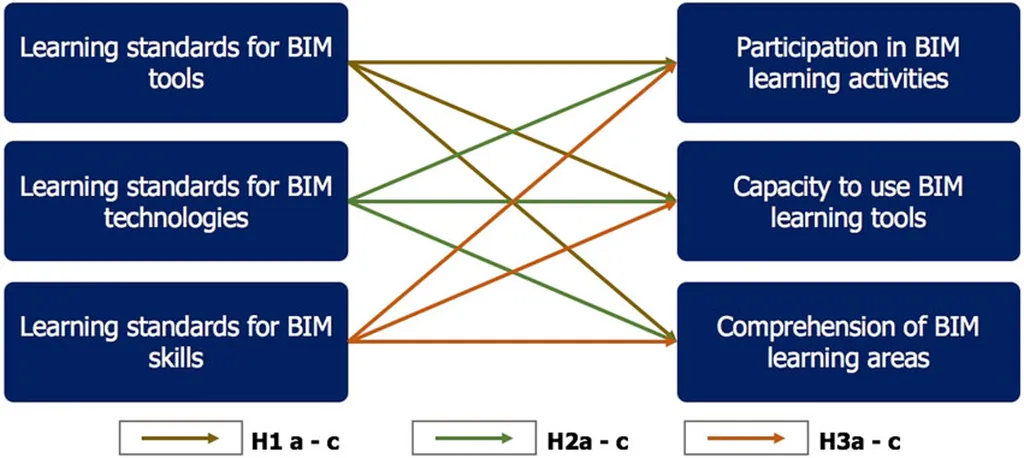In the rapidly evolving world of construction technology, a groundbreaking study is set to revolutionize how we approach structural analysis, particularly in the realm of Building Information Modelling (BIM). Led by M. Akhoundi Khezrabad from the Centre for Spatial Data Infrastructures and Land Administration at the University of Melbourne, this research delves into the critical aspects of creating Structural Analysis Ready BIM (SARBIM) for reinforced concrete structures. The findings, published in ‘The International Archives of the Photogrammetry, Remote Sensing and Spatial Information Sciences’—which translates to ‘The International Archives of Photogrammetry, Remote Sensing and Spatial Information Sciences’—promise to streamline collaboration and enhance the accuracy of structural assessments.
The study highlights the growing adoption of BIM in the Architecture, Engineering, and Construction (AEC) industry, emphasizing its role in facilitating interdisciplinary collaboration throughout a building’s lifecycle. “Structural analysis is pivotal in ensuring the safety and stability of structures,” Khezrabad explains. “By integrating BIM into this process, we can significantly improve the efficiency and accuracy of our assessments.”
One of the key innovations discussed in the research is the use of scan-to-BIM techniques to generate BIM models from point clouds obtained through laser scanning or photogrammetry. This approach is particularly valuable when existing BIM data is unavailable. The study identifies five essential structural elements—columns, primary beams, secondary beams, floor systems, and shear walls—that must be included in SARBIM for reinforced concrete structures. Additionally, it outlines three critical information categories: Material Mechanical Properties (MMP), Reinforcement Content (RCo), and Cross-Section Information (CSI), which are vital for accurate structural analysis.
Khezrabad’s research also presents essential modelling considerations to enhance the accuracy and reliability of SARBIM models. “By refining BIM models for structural analysis, we can contribute to the advancement of SARBIM in the field,” he notes. This refinement not only improves the precision of structural assessments but also has significant commercial implications for the energy sector. Accurate structural analysis is crucial for designing energy-efficient buildings, assessing the structural integrity of existing infrastructure, and retrofitting buildings to meet modern energy standards.
The implications of this research extend beyond the immediate benefits of improved structural analysis. As the AEC industry continues to embrace digital transformation, the integration of SARBIM into standard practices could lead to more collaborative and efficient project workflows. This, in turn, could drive down costs, reduce project timelines, and enhance the overall quality of construction projects.
Moreover, the study’s focus on requirement analysis ensures that only essential data is included in SARBIM models, avoiding the inclusion of unnecessary information. This optimization not only streamlines the modelling process but also reduces the computational resources required, making the technology more accessible and cost-effective for a broader range of projects.
As the construction industry continues to evolve, the adoption of SARBIM could become a standard practice, particularly in the energy sector where accurate structural analysis is paramount. The research conducted by Khezrabad and his team at the University of Melbourne is a significant step forward in this direction, paving the way for more efficient, accurate, and collaborative structural analysis in the future.

